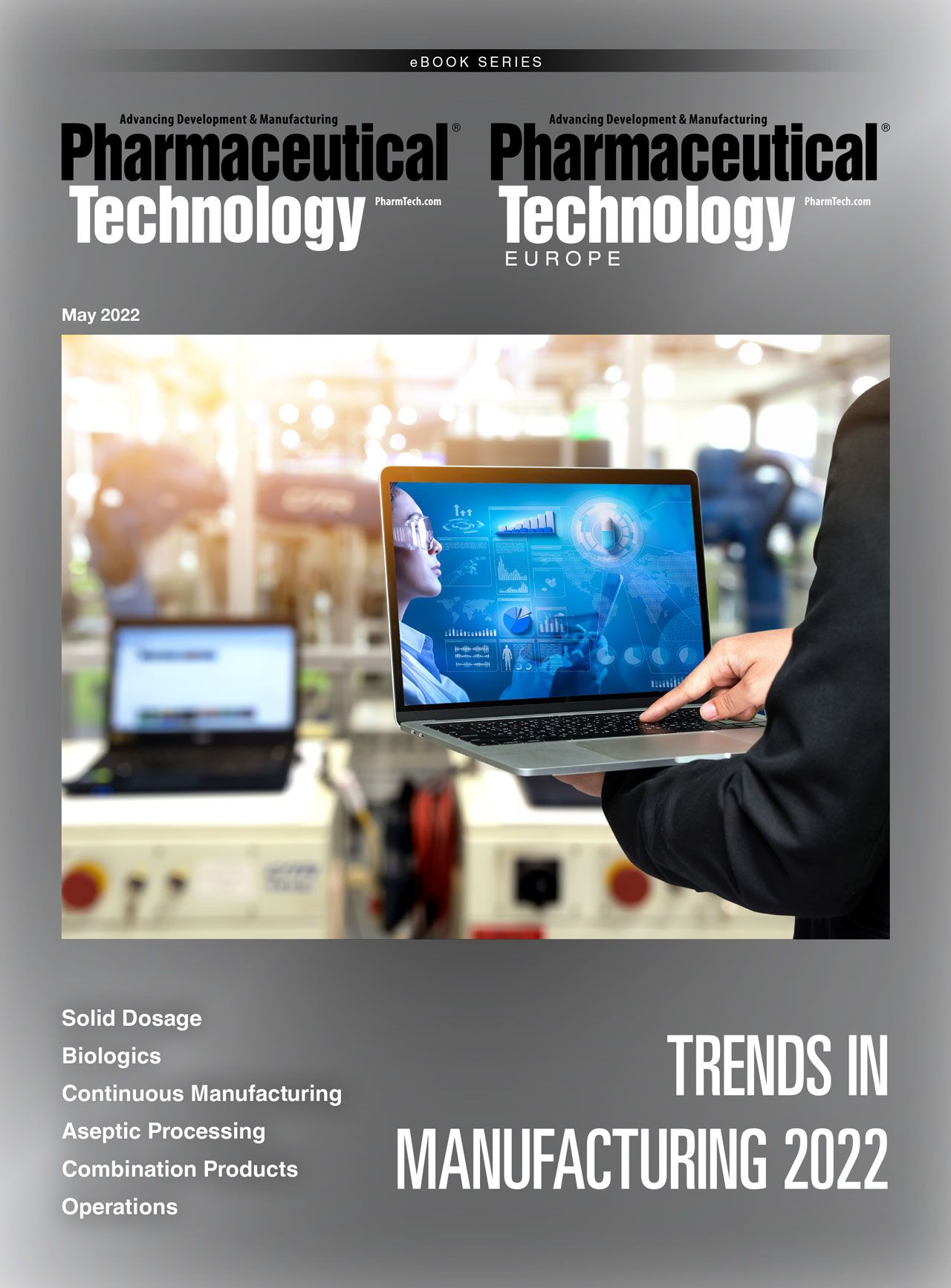The Lighthouse Effect: Using Technology to Improve Life Sciences Manufacturing
Lighthouse manufacturing techniques utilize technology and automation to streamline production.
TRIFONENKO IVAN - STOCK.ADOBE.COM

Prior to the COVID-19 pandemic, the bio/pharma manufacturing industry had been relatively slow to embrace the ongoing digital revolution. But the pandemic forced the life sciences industry and drug developers to rethink their hesitation toward digitization to quickly produce and distribute new vaccines under unprecedented conditions. Now, technology is being used as a solution to improve efficiency and sustainability in life sciences manufacturing. Those who have led the way are said to be creating the “lighthouse effect.” Just as actual lighthouses help sailors navigate dangerous waters, lighthouse companies serve as guiding lights for charting the course of an entire industry. For the life sciences manufacturing industry, becoming one of these luminaries relies on a mix of advanced technical capabilities and coming up with innovative applications for the technology. In the age of Big Data, artificial intelligence (AI) and digitization will play lead roles in achieving lighthouse effects.
Read this article in the Trends in Manufacturing ebook.
References
1. World Economic Forum and McKinsey & Company, “Global Lighthouse Network: Reimagining Operations for Growth,” Whitepaper, 2021.
2. C. Schmidt, “Machine Learning Poised to Accelerate Drug Discovery,” Novartis, May 7, 2018
About the author
Gul Dusi is a director for Linesight.
Article details
Pharmaceutical Technology
eBook: Trends in Manufacturing
May 2022
Pages: 60-62
Citation
When referring to this article, please cite it as G. Dusi, “The Lighthouse Effect: Using Technology to Improve Life Sciences Manufacturing,” Pharmaceutical Technology Trends in Manufacturing eBook (May 2022).

Drug Solutions Podcast: A Closer Look at mRNA in Oncology and Vaccines
April 30th 2024In this episode fo the Drug Solutions Podcast, etherna’s vice-president of Technology and Innovation, Stefaan De Koker, discusses the merits and challenges of using mRNA as the foundation for therapeutics in oncology as well as for vaccines.